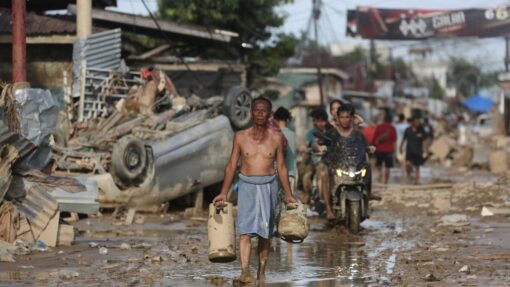Cap, full-time deals to combat uneven NRLW
Scott Bailey |
The NRLW will have a salary cap for the first time as the league banks on its introduction and full-time jobs for marquee players to even out the competition.
The league confirmed on Tuesday its women’s competition would increase to eight teams in 2023 and 10 in 2024, as part of several changes to the game
But the most significant detail could come in the form of a $350,000 salary cap for the end-of-year six-team competition in 2022, wit that figure likely to increase in 2023.
Talent equalisation has long been a challenge for the NRLW.
Brisbane have won all three completed seasons, and are undefeated in the current campaigned that was postponed from the end of last year.
They posses the entire Queensland State of Origin spine, four other Maroons, a Jillaroos prop from NSW and Kiwi Ferns second-rower.
Attempts were made last year to level the talent disparity when the competition went from four teams to six, introducing $28,000 contracts for the game’s top 24 players with a spread of four at each club.
But Broncos players largely resisted the call, with some rejecting the marquee offer to stay in Brisbane on less money.
In turn, Brisbane were able to keep 13 of their players from their premiership-winning 2020 roster, while fellow foundation clubs the Sydney Roosters and St George Illawarra retained just seven and eight respectively.
That system has now been scrapped, with each club instead able to offer two full-time contracts to players outside of the cap, working with the club 12 months a year.
Offers can be made as soon as this week for the 2022 season.
“Talent equalisation in any competition or any sport is a complex matter. It’s very difficult to balance both sides of the argument,” NRL CEO Andrew Abdo said.
“What we want to do with talent equalisation is not bring everyone down, but rather get everyone spiralling upwards.
“The system we have designed for next year provides that balance between incentives for players to think very carefully about where they want to play and where they want to potentially be employed.”
Abdo stressed he did not believe this season would be a one-horse race, and that a spike in female participants from 10,000 in 2018 to 40,000 now would also ensure new teams would not make the competition lopsided from next year.
“Competitiveness is key to this,” Abdo said.
“It would be very easy for us to just move a lot quicker.
“But the commission is taking a very conservative view of that so we don’t compromise on competitiveness of the competition and conditioning of the athletes.”
AAP


